Materials
100+ materials can be freely selected to meet your customized processing needs!
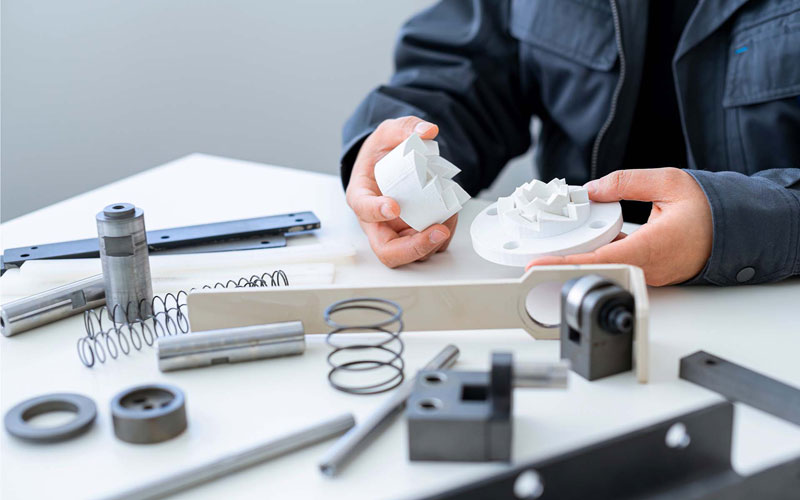
Metals
Metallic materials are rugged and offer excellent strength and durability.
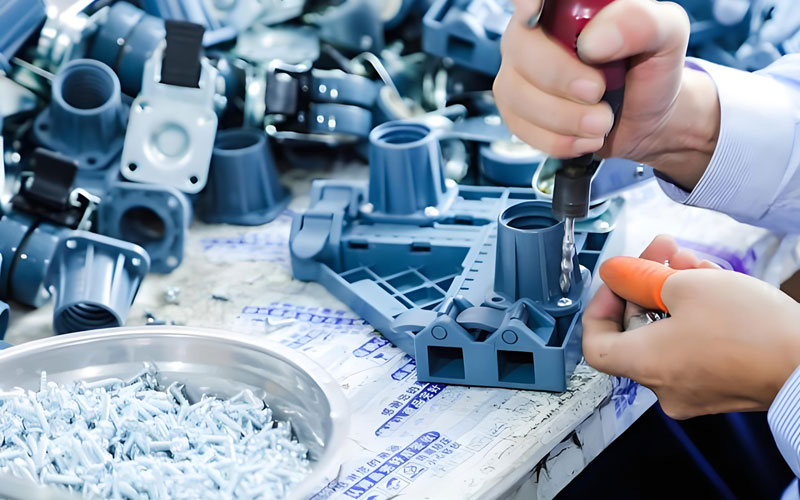
Plastics
Lightweight and flexible, used in a wide range of industries.
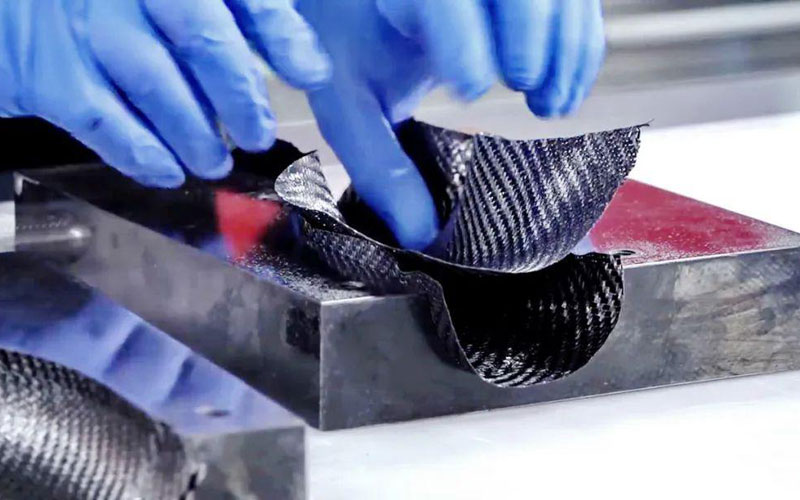
Composites
High-performance materials that combine strength and lightweight.
Common Materials grade Used in CNC Projects
• Aluminium 2007
• Aluminium 2017
• Aluminium2024
• Aluminium5052
• Aluminium 6060
• Aluminium 6061
• Aluminium6063
• Aluminium6068
• Aluminium 6082
• Aluminium 7075
• Copper E-Cu57 / E-Cu58
• Copper C260
• Copper C360
• Copper C1100
• Copper T27300
• Copper T27600,
• Copper T28200
- C3604
- C3602
- Brass Ms58
- Brass C36000
- H62(C28000, CuZn40)
- H65(C27000, CuZn35)
- H68(C26800, CuZn35)
- Hpb59(C37700, CuZn38Pb2)
- HPb62(C36000,CuZn36Pb3)
- Stainless Steel 303
- Stainless Steel 304
- Stainless Steel 304L
- Stainless Steel 316L
- Stainless Steel 316Ti
- Stainless Steel 416
- Stainless Steel420
- Stainless Steel430
- Marine-grade stainless steel
- Titan Grade 2 / 3.7035
- Titan Grade 5 / 3.7164 / 3.7165 / Ti-6Al-4V
- ABS
- Acrylic
- Industrial PEEK
- Nylon 6 / PA 6
- PC (Polycarbonate)
- PEEK glass-filled
- Polypropylene (PP)
- POM / Delrin acetal
- PTFE / Teflon
- PVDF / Polyvinylidene fluoride
- UHMW PE / Ultra-high-molecular-weight polyethylene
- 4130
- 4140
- 4340
- 40Cr
- 42CrMo
- 25CrMoV
- Q195
- Q215
- Q235/S235JRC
- 1010
- 1015
- 1018
- 1020
- 1045
- 1060
- 1117
- 12L14
- 12L15
- D2
- A2
- O1
Common Materials for CNC Machining
ABS is a thermoplastic polymer known for its toughness and impact resistance. It is commonly used in applications such as prototyping, automotive parts, enclosures, and consumer goods. ABS offers good strength and durability, is easy to machine, is available in various colors, and is cost-effective.
ACM panel is a lightweight composite material consisting of a thin aluminum sheet bonded to a polyethylene or fire-retardant core. It finds applications in signage, architectural cladding, exhibition displays, and interior design. ACM Panel provides excellent flatness, a high strength-to-weight ratio, weather resistance, and ease of shaping and cutting, making it suitable for outdoor use.
Baltic birch plywood is a type of plywood made from multiple layers of birch veneer. It is known for its strength and durability. It is commonly used in furniture, cabinetry, jigs, and decorative items. Baltic birch plywood offers stability, void-free construction, high strength, good screw-holding ability, and suitability for intricate cuts and engraving.
HDPE is a versatile thermoplastic known for its high strength-to-weight ratio and resistance to chemicals. It finds applications in kitchen cutting boards, marine applications, wear strips, and storage containers. HDPE is lightweight, exhibits excellent chemical resistance, has low moisture absorption, is easy to machine, and is cost-effective.
MDF is a type of engineered wood product that is manufactured by breaking down residuals of hardwood or softwood into wood fibers. These fibers are then combined with resin and compressed to form a dense and uniform board. MDF finds widespread use in applications such as cabinetry, furniture, signage, and decorative panels. One of its key advantages is the smooth and consistent surface it offers. MDF is also highly machinable, making it easy to shape and carve. Additionally, it is known for its affordability, stability, and suitability for painting and veneering processes.
Polycarbonate is a transparent thermoplastic known for its high impact resistance and clarity. It is used in applications such as protective screens, machine guards, lenses, and electronic components. Polycarbonate exhibits excellent impact resistance, high optical clarity, ease of shaping and forming, and good electrical insulation properties.
CNC routing is commonly employed in cutting and shaping foam materials such as expanded polystyrene (EPS) and polyurethane foam. Foam is frequently used in packaging, insulation, theatrical props, and architectural modeling.
UHMW is a tough and abrasion-resistant thermoplastic with a high molecular weight. It finds applications in bearings, wear strips, conveyor components, and chute liners. UHMW offers excellent abrasion resistance, self-lubrication, low friction, and high impact strength.
Aluminum is a lightweight metal known for its strength, corrosion resistance, and conductivity. It is commonly used in machine parts, common household hardware, automotive components, and enclosures. Aluminum provides a high strength-to-weight ratio, good thermal and electrical conductivity, and corrosion resistance.
Brass is an alloy composed of copper and zinc, known for its attractive appearance and easy machinability. It is used in applications such as decorative items, jewelry, hardware, and musical instruments. Brass also offers good corrosion resistance and antimicrobial properties.
CNC routing is used to process composite materials, including fiberglass-reinforced plastic (FRP), carbon-fiber-reinforced plastic (CFRP), and other composite laminates. CFRP exhibits high strength and stiffness, is light for its strength, has excellent fatigue resistance, and low thermal expansion. This material is widely used in the aerospace, automotive, marine, and sports industrie
Key points to know about CNC machining
Have a project with a great design? You’re off to a strong start, with the specs and prototype already finished. Now you are ready to start crafting your product. If you’re interested in using a CNC machine to manufacture the new part, you won’t be disappointed with your results, especially if you choose the proper material.
If you want your project to run efficiently and produce products that fit perfectly, ALLIED can help you during your decision-making process.
We offer instant quotes for over 100 metals and plastics, allowing you to choose from a wide range of materials for your CNC machining needs.
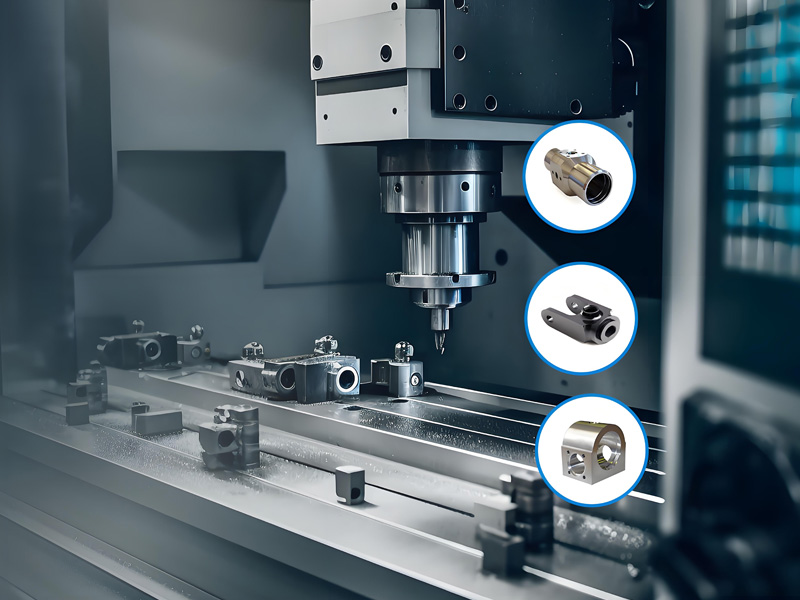
What Materials Can Be Used in a CNC Machine?
A better question might actually be what materials can’t be used. CNC machines cut through nearly any material you can think of. While you can use a wide range of materials in a CNC machine, the most commonly employed materials used are:
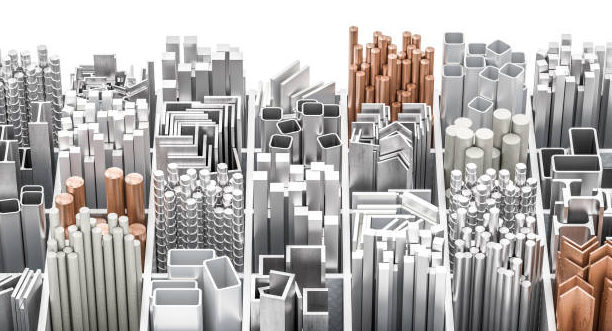
- Metals: Such as aluminum, brass or steel
- Plastics: Such as Acetal (POM), Acrylics (PMMA), Polycarbonate (PC) and Polypropylene (PP)
- Wood: Such as hardwood, plywood or softwood
- Foam: Such as carving foam and rigid foam, which tend to be more lightweight yet durable
How do you select the right CNC materials?
When you’re designing a part to be CNC machined, choosing the right materials is essential. Here are the basic steps we recommend following to select the right materials for your custom parts:
- Define the material requirements: These can include mechanical, thermal or other material requirements, as well as cost and surface finish. Consider how you’ll be using your parts and what sort of environment they’ll be in.
- Identify candidate materials: Pin down a few candidate materials that fulfill all (or most) of your design requirements.
- Select the most suitable material: A compromise is usually required here between two or more of the design requirements (for example, mechanical performance and cost).
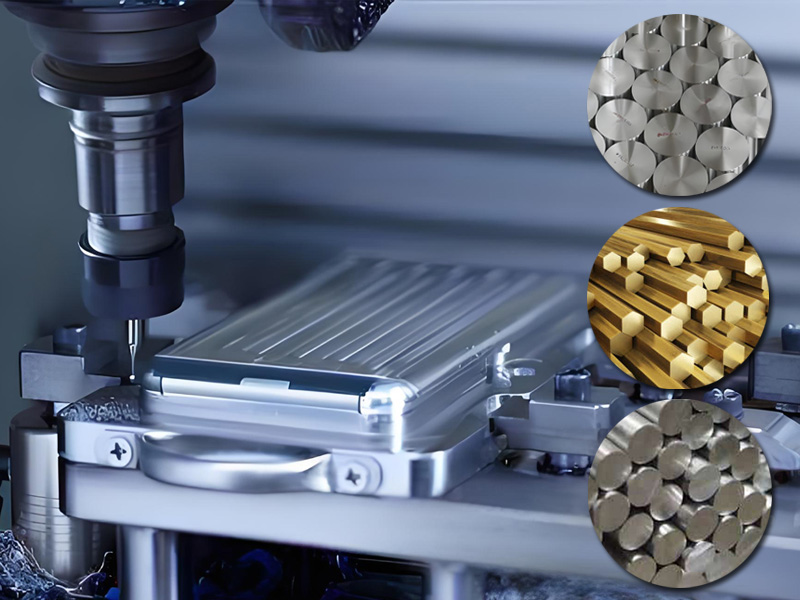
FAQs
Steel, such as low carbon steel and solid carbide are commonly utilized for CNC tooling.
Common metals for CNC machining are steel, aluminum, titanium, brass, copper, stainless steel and plastic.
Softer materials work well with processes like CNC routing or CNC carving. These CNC routable materials include brass, aluminum, acrylic, plexiglass, and wood.
If you are looking for a CNC machinable material with high tensile strength, look for alloys with tungsten in them.
If you are looking for a durable metal alloy for CNC machining, look for an alloy with chromium in it.
6061-T6 is one of the most popular aluminum alloys for CNC machining.
